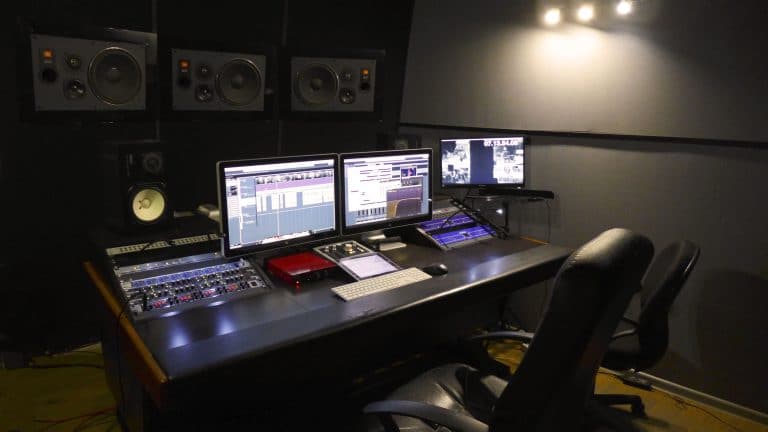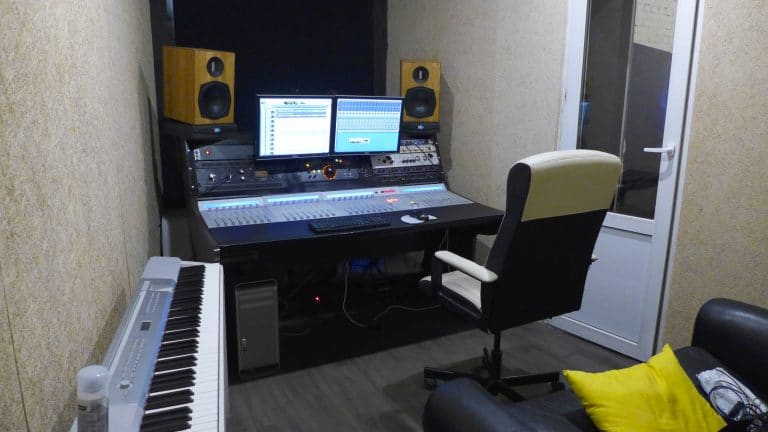Our services
High-quality audiovisual translation has a positive effect on viewer loyalty and content sales
Audiovisual translation
Audiovisual translation and localization is a kind of adaptation of media content to the linguistic and cultural characteristics of the region. Such translation is necessary not only for films and TV shows, but also for advertising, theatrical performances, computer games and programs, 3D and VR materials, etc. What do we offer?
Creation and translation of subtitles
Subtitles are usually divided into 2 types:
- standard subtitles
- subtitles for the deaf and hard of hearing (SDH)
We work professionally with both of them.
We treat the customer’s specification as an immutable law, but we are always ready to help if there is no one: we know the international rules of subtitling by heart and can always explain the basic principles of viewer perception.
NB: Since subtitling has a strong impact on the translation itself, we do not separate these two processes. For this reason, we cannot “translate the text and approve it with the customer, and only then put it into subtitles.”
In order to tell you all the costs of work as quickly as possible, we need to get the maximum initial data from you. What do we want to know?
- Estimated volume of materials. This will help us plan our work.
- Desired deadlines. We know how to work within the unreal ones, but we’d better know what to focus on.
- The topic (especially if it is specific). Knowing it, we can immediately find an editor with the necessary competence for the project.
- Which of the materials you can provide. Do you only have a video or video + script? Is this the final cut? Are there a template with the original subtitles?
- In what format do you want to receive the final materials. Subtitles come in different formats (srt, sif, etc.), they can also be burned in.

Dubbing and translation for it
We work with translation for all types of dubbing. Which ones are the most popular?
Voiceover
The type in which the audio track with the translation is recorded over the original audio. The viewer hears both tracks, but in different proportions.
Lip Sync
The type in which the translation should be matched with the speaker’s mouth movement while maintaining the meaning of the original script. The original voices are completely muted.
Full Dubbing
The type that is usually recorded for theatrical release. The translation should be matched with the speaker’s mouth movement as much as possible. Voice actors carry all the emotions and tone over from the original speakers.
In order to tell you all the costs of work as quickly as possible, we need to get the maximum initial data from you. What do we want to know?
- Estimated volume of materials. This will help us plan our work.
- Desired deadlines. We know how to work within the unreal ones, but we’d better know what to focus on.
- The topic (especially if it is specific). Knowing it, we can immediately find an editor with the necessary competence for the project.
- Which of the materials you can provide. Do you only have a video or video + dialogue lists/scripts? Is this the final cut? What about audio tracks?
- How many voices are needed for dubbing. For voiceover two voices (1 male and 1 female) are usually enough, for other types more voices are required.
- In what format do you want to receive the final materials. This question applies to both video formats (e.g. mov, mp4, etc) and audio formats (e.g. wav, mp3, etc).
We have 3 studios in Moscow and one in St. Petersburg. Their technical capabilities allow us to work with different formats: 2.0, 5.1, 7.1 Dolby Atmos.
Moscow:
STUDIO A
– ProTools D-Command
– ProTools HD3
– ProTools 12 Ultimate Software
– Avid HDX I/O new
– Apogee AD16
– Digidesign 192 Digital I/O
– UAD2 Octo Ultimate 2
– Waves Complete
– Fabfilter Pro
– FOCUSRITE ISA 428MK2
– SPL Gold Mike
– Bellari RP220
– Quested VS2108
– Yamaha NS-10M studio
– Neumann U87 (Vintage)
STUDIO B
– Avid HD OMNI
– ProTools Dock+Artist Mix
– ProTools 2019 Ultimate Software
– Steinberg Nuendo 8 Software
– Waves
– Fabfilter Pro
– Audient ID 22
– Apogee AD-DA Rozetta 800
– Surround monitor JBL 4412 A
– JBL LSR4312SP/230
– Yamaha NS-10M studio
– GOLDEN AGE PRE-73 MKII
– DigiLab C
– Neumann U87i
– Neumann TLM103
– Audio-Technica AT4050
STUDIO C
– ProTools 12 Software
– Steinberg Cubase 10 Software
– Audient ID 22
– Waves
– UAD-2
– Dmax 81
– Neumann TLM103
– Audio-Technica AT4050
– Audio-Technica AT8015
Audio description
Audio description is a form of narration used to provide information surrounding key visual elements in a film (or other media materials) for the benefit of blind and visually impaired consumers. These narrations are usually placed during natural pauses in the audio. An example is in the video.
Our specialists create audio descriptions in close collaboration with blind consultants who help them avoid even the slightest inaccuracies.
Preparation and translation of documents and other text materials
You can contact us if you need to prepare or translate:
- scripts
- dialogue lists
- any documents for the State Film Fund or RSAFPD / RGAKFD
- marketing materials
- legal documents
Full localization for export
This service is about a comprehensive preparation of the film for export. With such support of the film cycle, we offer professional audiovisual translation not only for the film itself, but also for all materials that will be used in the process of its international promotion. In addition to the film, we provide localization of teasers, features, trailers, press releases, dialogue lists, synopsises, and sometimes even scripts.

MAKE A REQUEST
Q&A
questions and answers
How is the price of translation calculated?
Unlike written translation, rates in audiovisual translation are always per minute. This means that we do not count the work by the number of characters or translation pages, but set a price in the form of “this amount of money / minute”. Why does everything work this way? Because the audiovisual translator works not only with the text but with the visual component of the material (which is even more important). The specialist watches and analyzes the entire video and only then starts the translation.
When translating scripts, dialogue lists or any other documents, we apply rates per translation pages, of course.
What do the rates depend on?
The final rate depends on many factors. The main ones are:
- language pair;
- type of translation (subtitling, dubbing, audio description, etc.);
- availibility of original texts or subtitles;
- topic of translation;
- speech density;
- urgency;
- technical characteristics of the final materials (especially in dubbing).
109004, Moscow, per. Pestovskij, 9/15
RuFilms LLC TIN/RRC 7721570345/772101001
Registration Number: 1067759327756 08.11.2006
Designed by Freepik.
